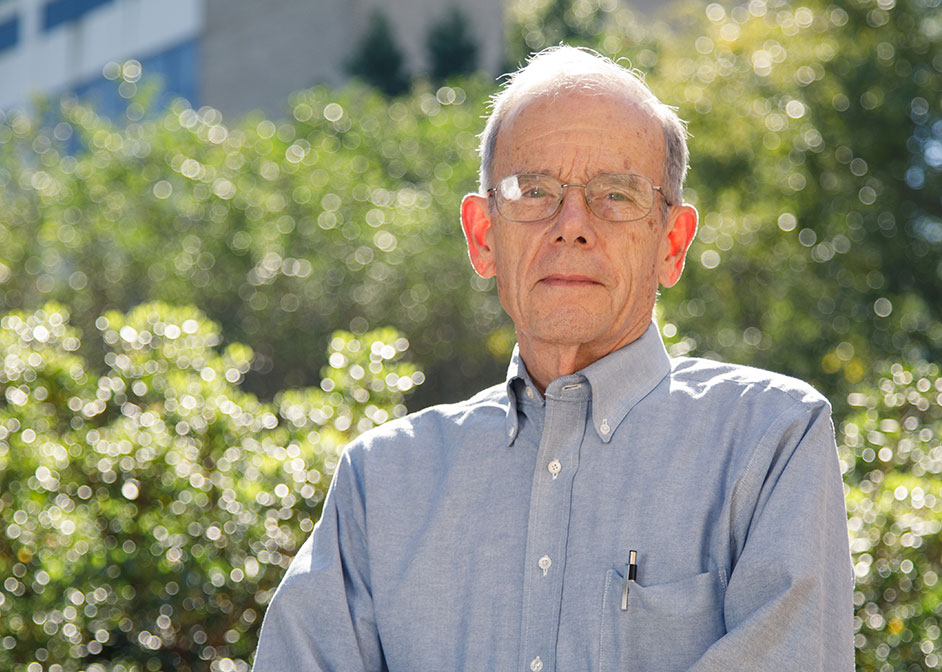Recent Nature Paper Reports Findings on Energy Generation and Age of Sun
Nestled deep within the Gran Sasso mountain in Italy is a 300-ton detector, which has been collecting data about how our sun generates its energy. This international collaboration, called the Borexino project, has been operating for approximately 10 years.

In a recent paper published in, and highlighted by, Nature, scientists report their findings from the Borexino project, including insights about the age of the sun, as well as the reactions that generate solar energy.
“This project has been a tour de force,” said Ed Hungerford, a University of Houston professor of physics and member of the Borexino collaboration. “This has required a major effort from a lot of people.”
Solar Reactions Produce Neutrinos
Solar energy is produced through a series of nuclear reactions happening deep within the interior of the sun. The pp reaction, which produces 99 percent of the sun’s energy, fuses protons together producing energy and helium. The remaining energy is produced by the carbon-nitrogen-oxygen (CNO) chain, which fuses these elements to also produce energy and helium.
Both reactions also produce neutrinos, which are tiny particles with no charge, that pass through matter without interacting.
Light generated within the sun’s core takes an estimated 100,000 years to reach Earth, due to the fact that light (photons) are absorbed and deflected on their way out. However, neutrinos exit the sun’s core unimpeded, taking only 8 minutes to reach Earth.
“By looking at solar neutrinos, we can see what is going on in the interior of the sun right now,” said Hungerford, who is a faculty member in the College of Natural Sciences and Mathematics.
Detecting Solar Neutrinos: A Major Technical Challenge
Given the rarity of a neutrino’s interaction with any type of matter, detecting solar neutrinos is a major technical challenge. To detect these elusive particles, the Borexino detector contains 300 tons of instrumented material, and is buried under layers of rock, which filter out much of the cosmic radiation.
“Solar neutrinos are extremely low in energy,” Hungerford said. “So you have to have an extremely pure detector to reduce all possible backgrounds.”
Solar Energy Generation Matches Theoretical Predictions
Data collected from the Borexino project have yielded two important insights.
The first insight confirms the theoretical predictions for how the sun generates energy.
The second insight suggests that the sun is composed of a higher proportion of heavier nuclei than previous estimates, which is referred to as the sun’s metallicity.
“The proportion of heavy elements in the sun is a measure of its age,” Hungerford said.
In addition to Hungerford, UH researchers who have been involved with the Borexino project include postdoctoral researchers A. Empl, Stefano Davini, and electronic technician George Korga. The Borexino project is funded by the National Science Foundation, as well as agencies from Italy, Germany, Poland and Russia.
- Rachel Fairbank, College of Natural Sciences and Mathematics